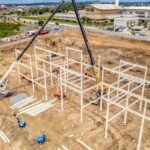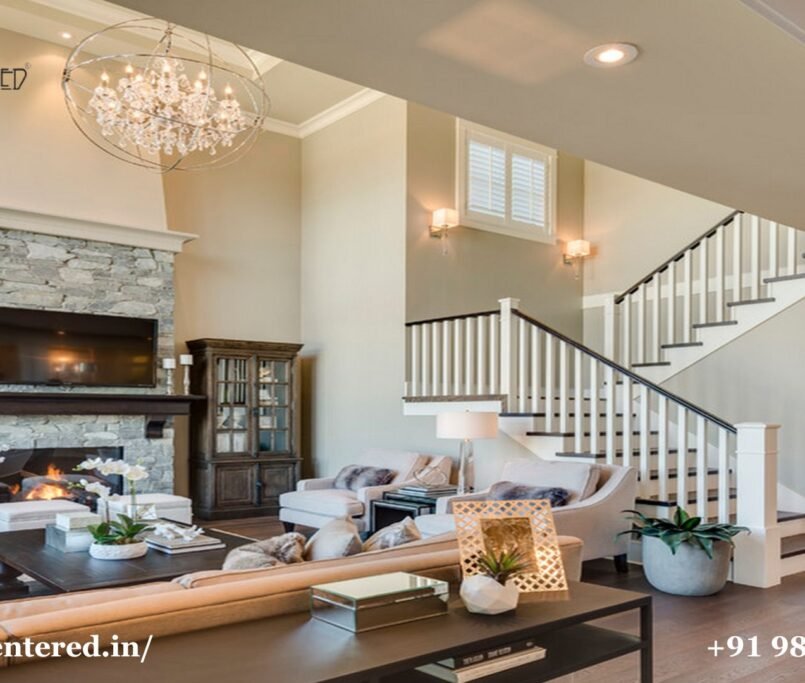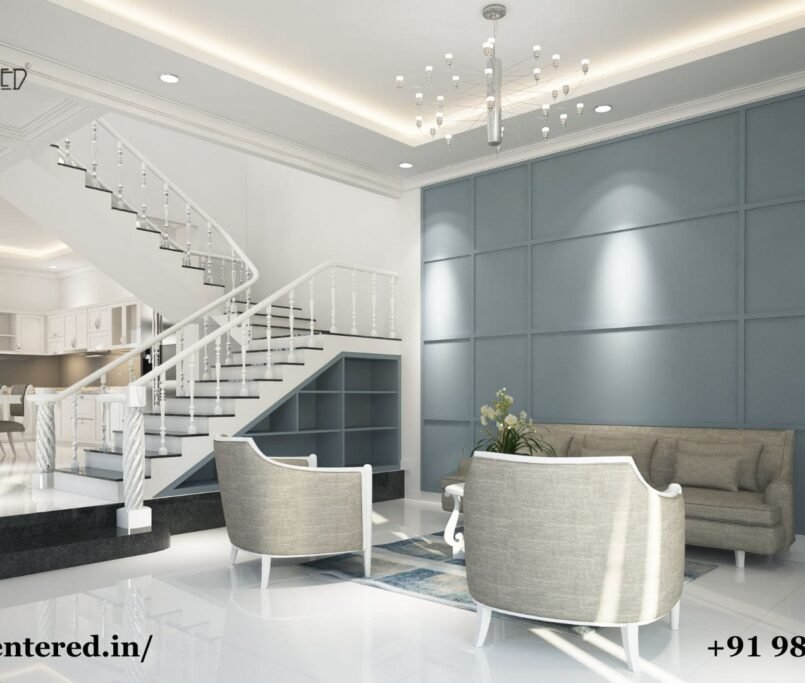2024 Architectural Design Trends
To accommodate our changing demands, architecture trends change regularly. We should expect interesting new architectural design trends in 2024. Many things will drive these tendencies. Technological advances, sustainability issues, and changing social needs are examples. This article discusses 2024’s top architectural design trends. Read on to learn about the exciting changes ahead, whether you’re an ambitious architect or a design enthusiast.
Important Considerations
Concerns about sustainability
Sustainability is a major 2024 trend driver. Environmentally friendly and energy-efficient structures will be prioritized by architects. Use recycled or recyclable materials. Features like solar panels and rainwater harvesting will be included.
Tech Advances
Technology will also influence 2024 architectural trends. Emerging technologies include 3D printing and AR. They’ll expand architects’ options. 3D printing can make unique furniture and fixtures. Augmented reality lets you see a building before it’s created.
Changing Needs
Society’s needs change too. Architectural design trends are reflected here. Buildings used to be functional. However, in 2024, we foresee more wellness-focused buildings. It will involve natural elements. Biophilic design, green spaces, and natural light are examples.
Key 2024 Architectural Design Trends
Let’s discuss 2024’s key architectural design trends:
Smart Homes: Tech Integration
Architecture is constantly changing with technology. In 2024, smart homes will proliferate. Architects Chennai will incorporate voice-activated assistants, automated lighting, and climate management. Smart homes improve security, energy efficiency, and convenience. Our lives are easier and more comfortable.
Sustainable Net-Zero Energy Buildings
Sustainability comes first. In 2024, architects will value net-zero energy buildings. Equivalent energy-generating homes. By minimizing carbon emissions, architects can fight climate change. Natural ventilation and passive solar design will accomplish this. Solar and geothermal energy will be used extensively. Sustainable practices safeguard the environment. Climate change will be mitigated.
Reusing Existing Structures
Environmentally friendly adaptive reuse. Architects will reuse buildings in 2024. They’ll renovate abandoned factories, warehouses, and churches. Turn them into dynamic homes, offices, and cultural centers. This concept emphasizes sustainable urban development, waste reduction, and historical preservation.
Modular Construction: Flexibility and Efficiency
Modular construction is revolutionizing architects’ building designs. Architectural modules will be factory-prefabricated and assembled on-site in 2024. It saves time, money, and enhances quality. To meet changing needs, they will create modular buildings. This simplifies expansion and reconfiguration.
All-inclusive design
Architectural design requires inclusivity and accessibility. In 2024, architects will emphasize inclusive design. They will make locations accessible. They will include intuitive wayfinding, configurable features, and barrier-free access. Accessibility experts will help architects design for various demands.
In the future, all construction arrangements will follow trends. Townhouses, co-ops, duplexes/triplexes, single-family homes, condos, and apartments.
Wellness Spaces Improve Well-Being
In 2024, architects will prioritize health. They will create healthy, attentive, and relaxing places. Yoga studios, meditation rooms, and wellness-focused offices will become popular. Architects will employ biophilic design and natural light. They will add acoustic comfort for health.
Circular Design: Waste Reduction
Circular design reduces waste. From 2024, architects will employ recycled and repurposed materials. This strategy emphasizes disassembly and reuse. They will recycle on-site and adopt circular economy. This will improve sustainability. Waste will decrease.
VR/AR: Improved Visualization
VR and AR will be used by architects in 2024. Technologies improve visualization. Customers can digitally tour buildings, plan interiors, and test lighting. This technology enhances collaboration, decision-making, and project success.
Climate-Resilient Design
Resilient design addresses climate hazards. Storm-resistant buildings and communities will be designed by architects. Sustainable stormwater management and flood-resistant materials will be prioritized. This will improve urban planning efficiency and resilience. will be. Its resilient design allows swift climatic adaption and recovery.
Cultural Awareness: Accepting Diversity
The architects will be culturally sensitive. Designs will honor community culture and diversity. Local materials, traditional design, and architecture will be used. Architects will collaborate with locals to develop cultural venues.
Flexibility and adaptability in multipurpose spaces
Spaces must be versatile. In 2024, architects will create multipurpose spaces. Spaces can adapt to changing needs. Conference rooms can be shared areas. Retail locations can be pop-up galleries. Adaptable places accommodate modern life’s flux.
Living Outside: Expanding Beyond Walls
Outdoor living spaces will grow in 2024. Architects will construct seamless indoor-outdoor transitions. Designs will include rooftop gardens, terraces, and outdoor kitchens. Outdoor settings encourage relaxation, socialization, and nature connection.
Data-driven design: Performance Optimization
Architectural data-driven design will improve building performance in 2024. A building’s functionality can be assessed through sensors, simulations, and real-time monitoring. Architekten will choose wisely. This improves energy efficiency, comfort, and performance. This creates user-centered, sustainable designs.
Nature-based biomimicry
Biomimicry influenced architecture. Living walls, green roofs, and interior gardens bring nature into our buildings. Architects will copy nature’s systems. They study nature’s patterns and functions to build beautiful, eco-friendly structures. Biomimicry uses billions of years of evolution. Improved air quality, stress reduction, and productivity are architects’ goals. We emulate nature to find peace.
Conclusion
Architectural design in 2024 will incorporate sustainability, technology, well-being, adaptability, and inclusion. From biophilic to intelligent and net-zero energy buildings. The future will emphasize our shifting requirements, designed by architects. Track these trends. Create a resilient, sustainable, and inclusive built environment. Let 2024’s trends inspire you to redesign our homes and improve the future.





